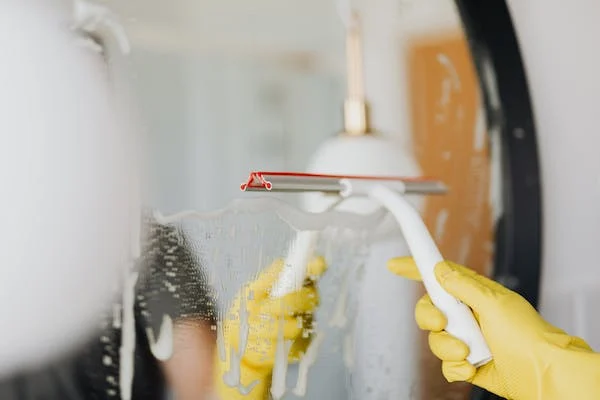-
Household toxins are everywhere and can cause a variety of health problems.
-
Common household toxins include VOCs, phthalates, formaldehyde, and PERC.
-
You can reduce your exposure to household toxins by using natural cleaning products, increasing ventilation, choosing safer products, and using natural fabrics.






